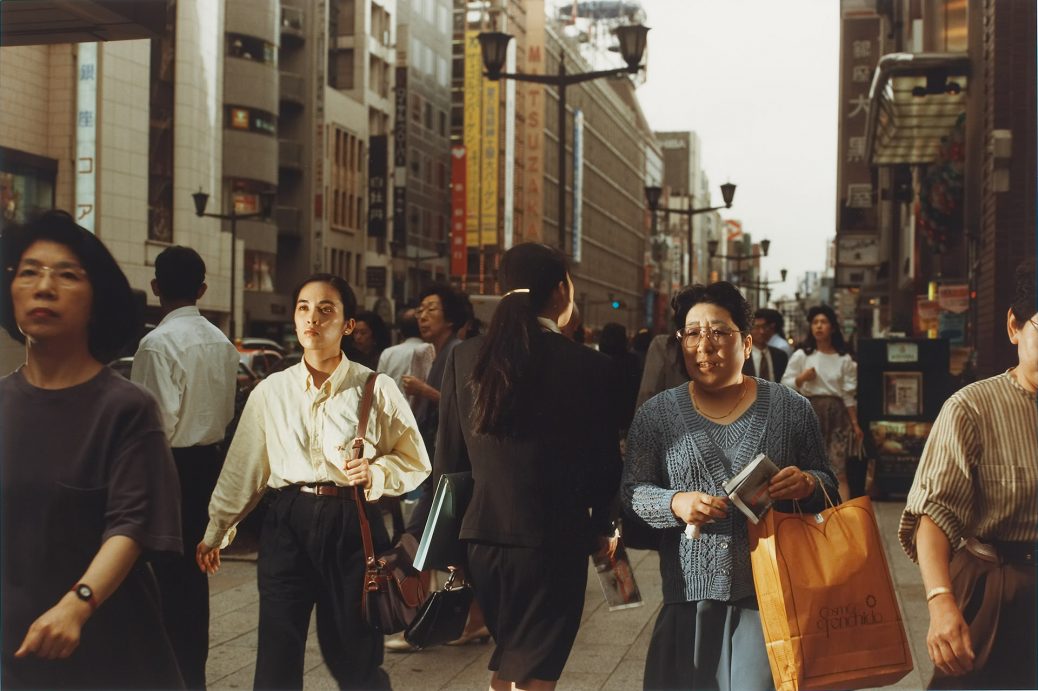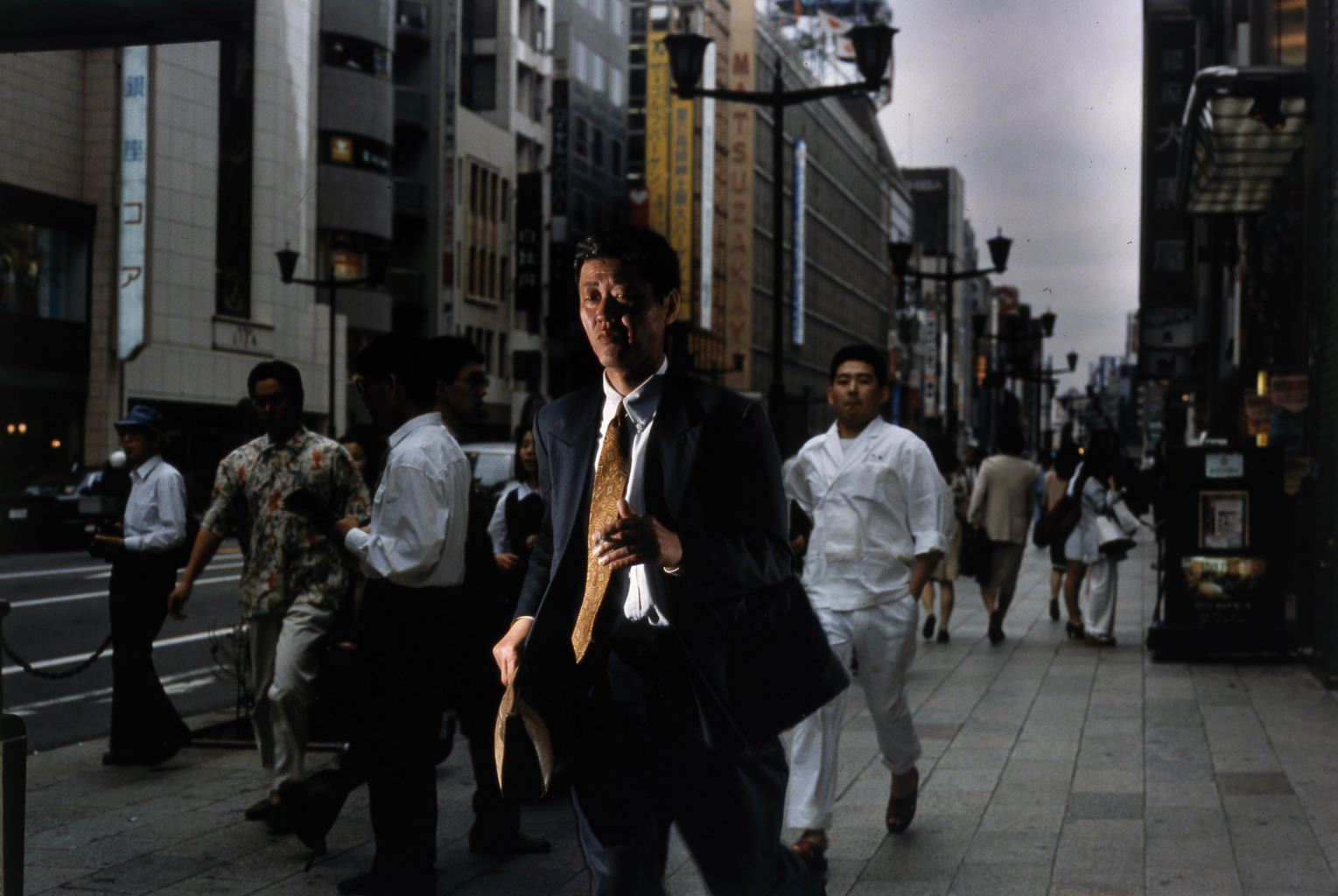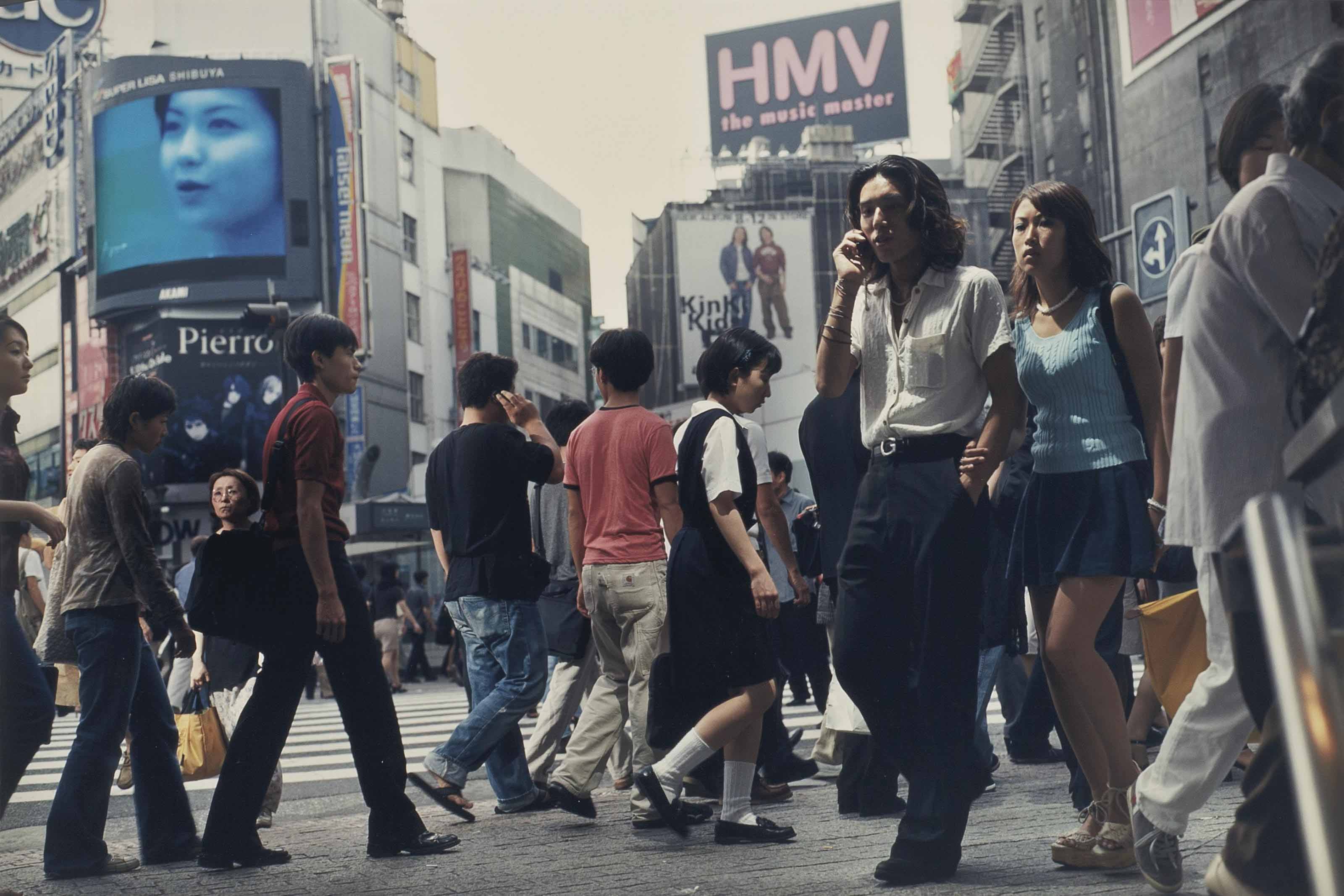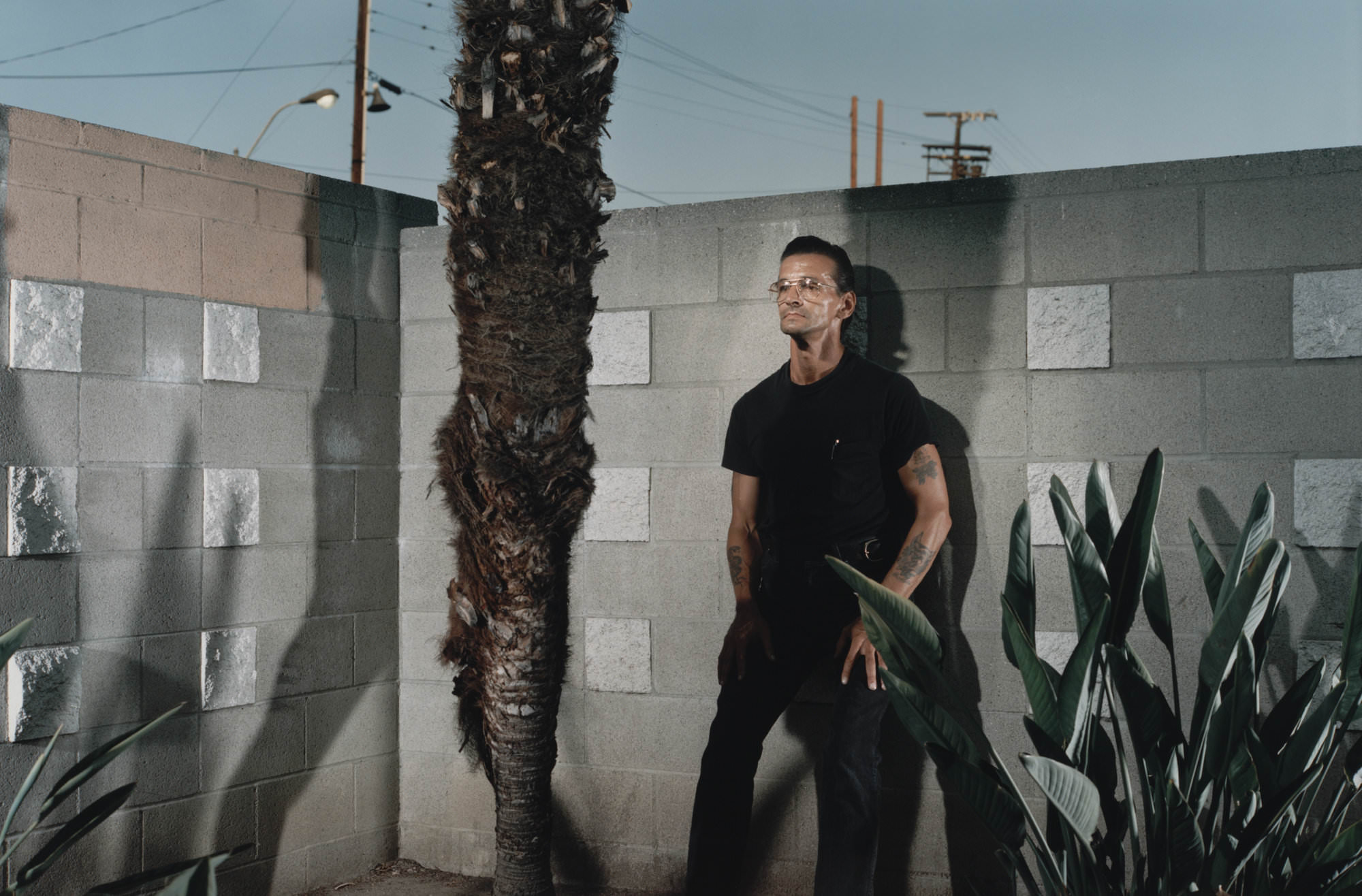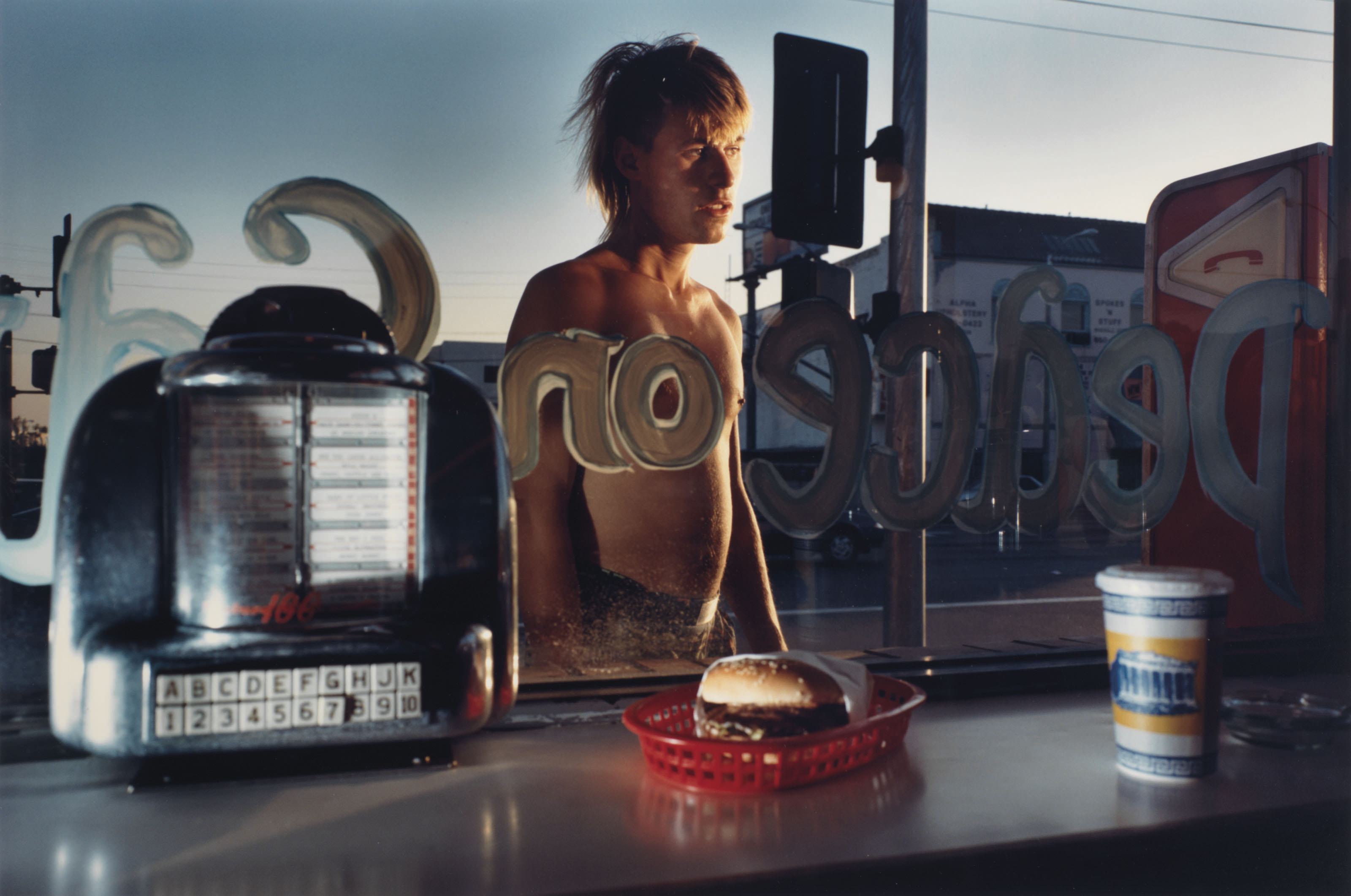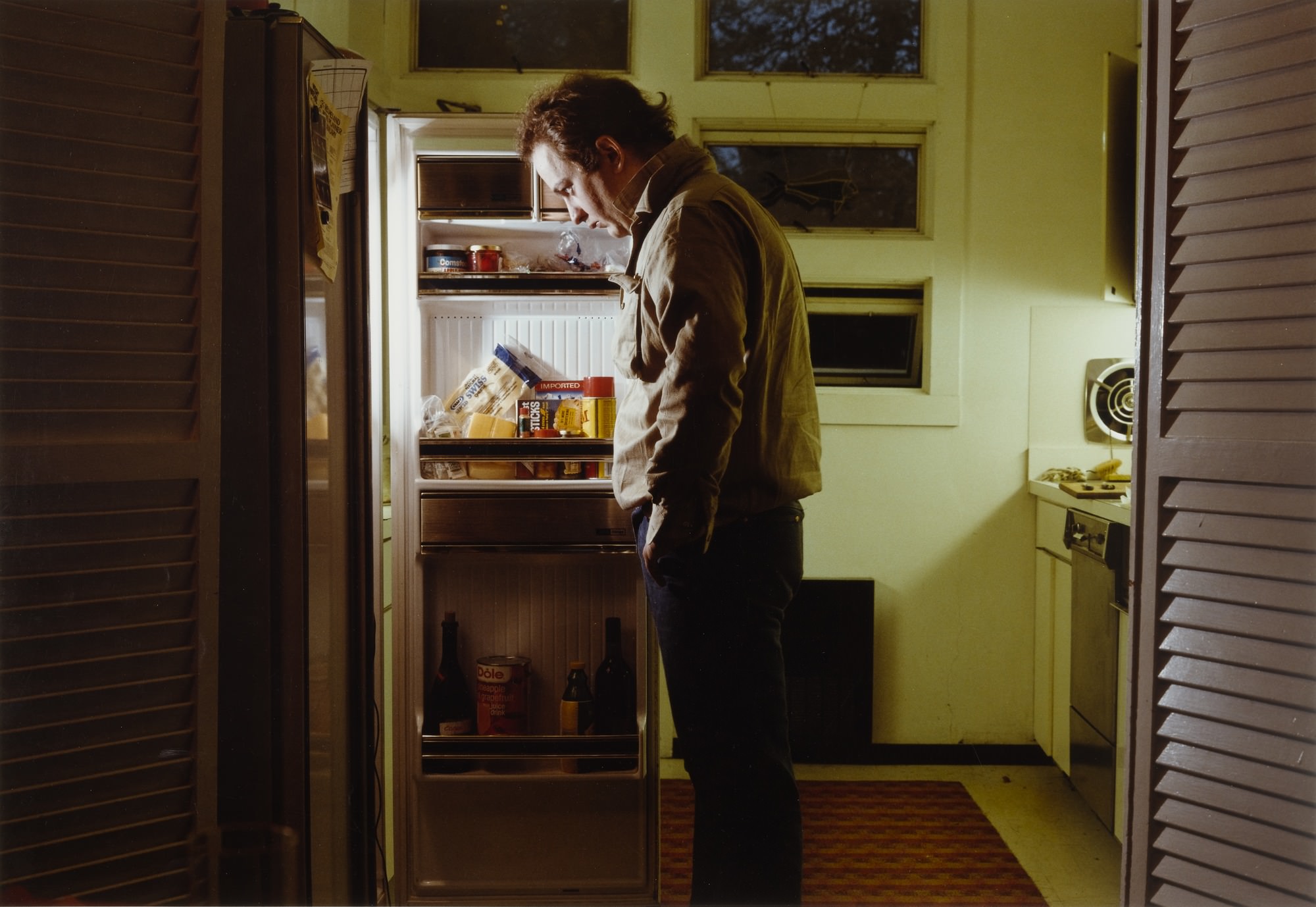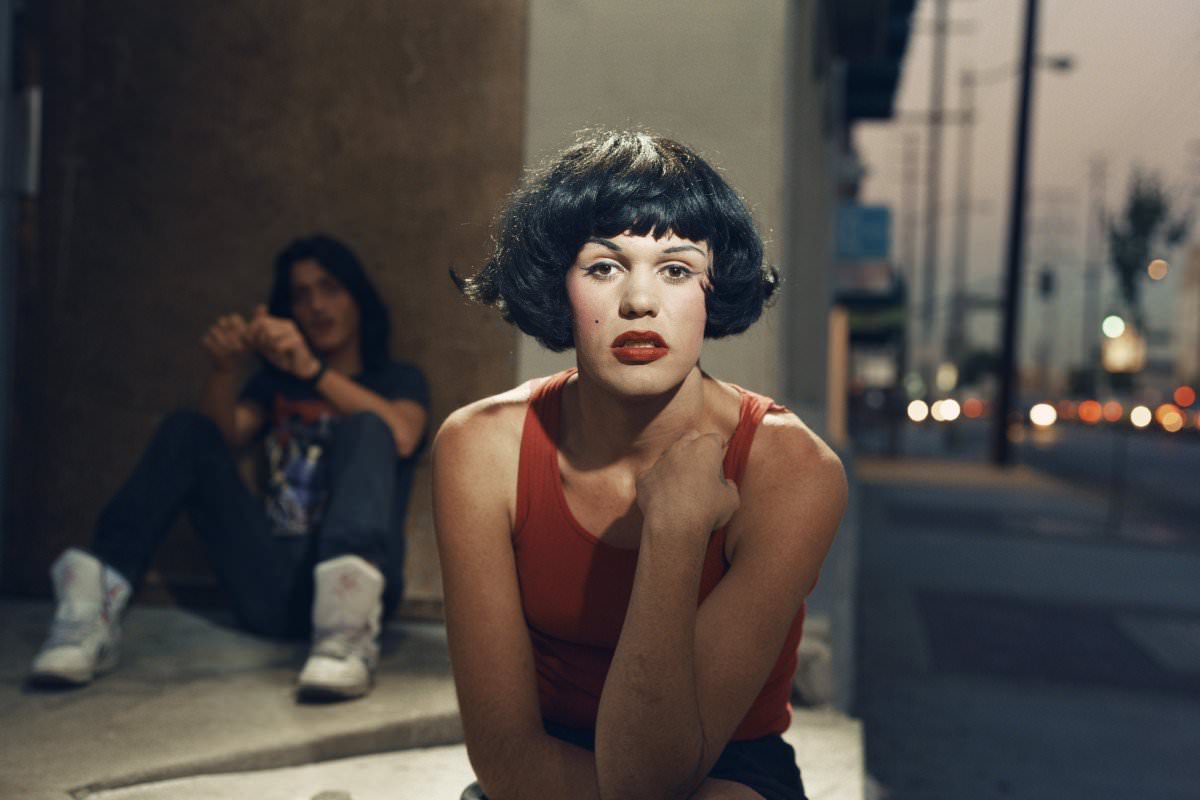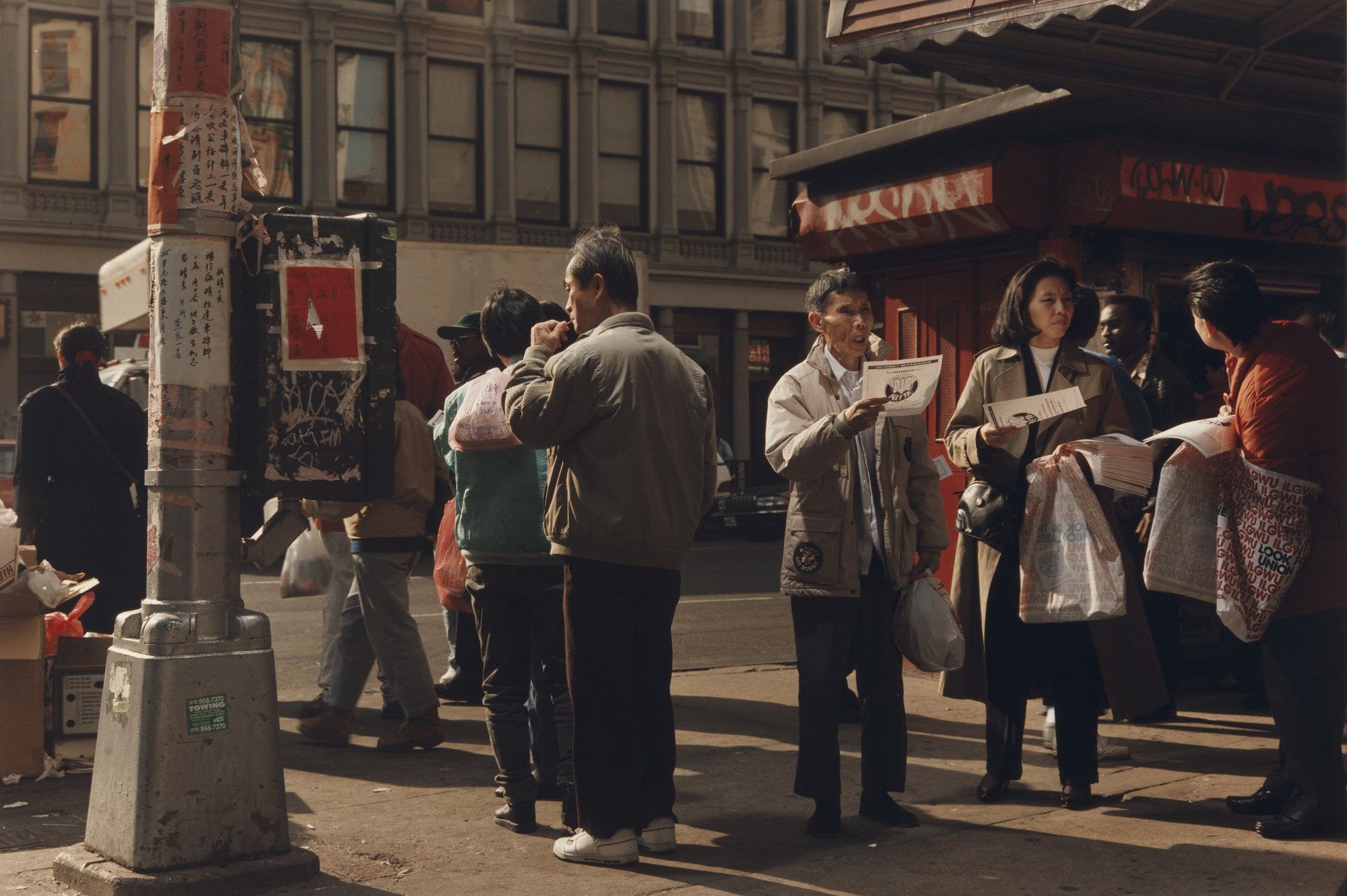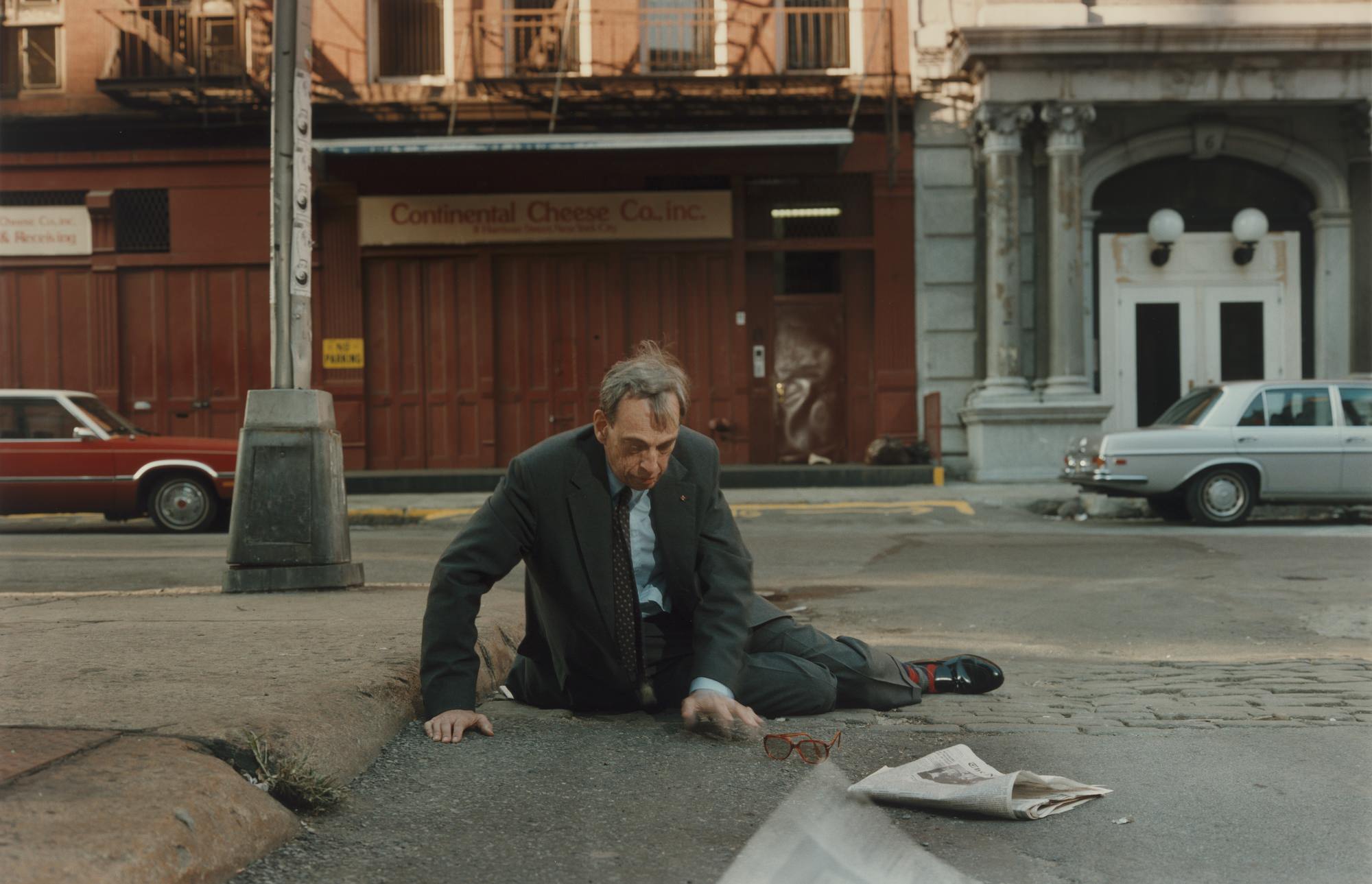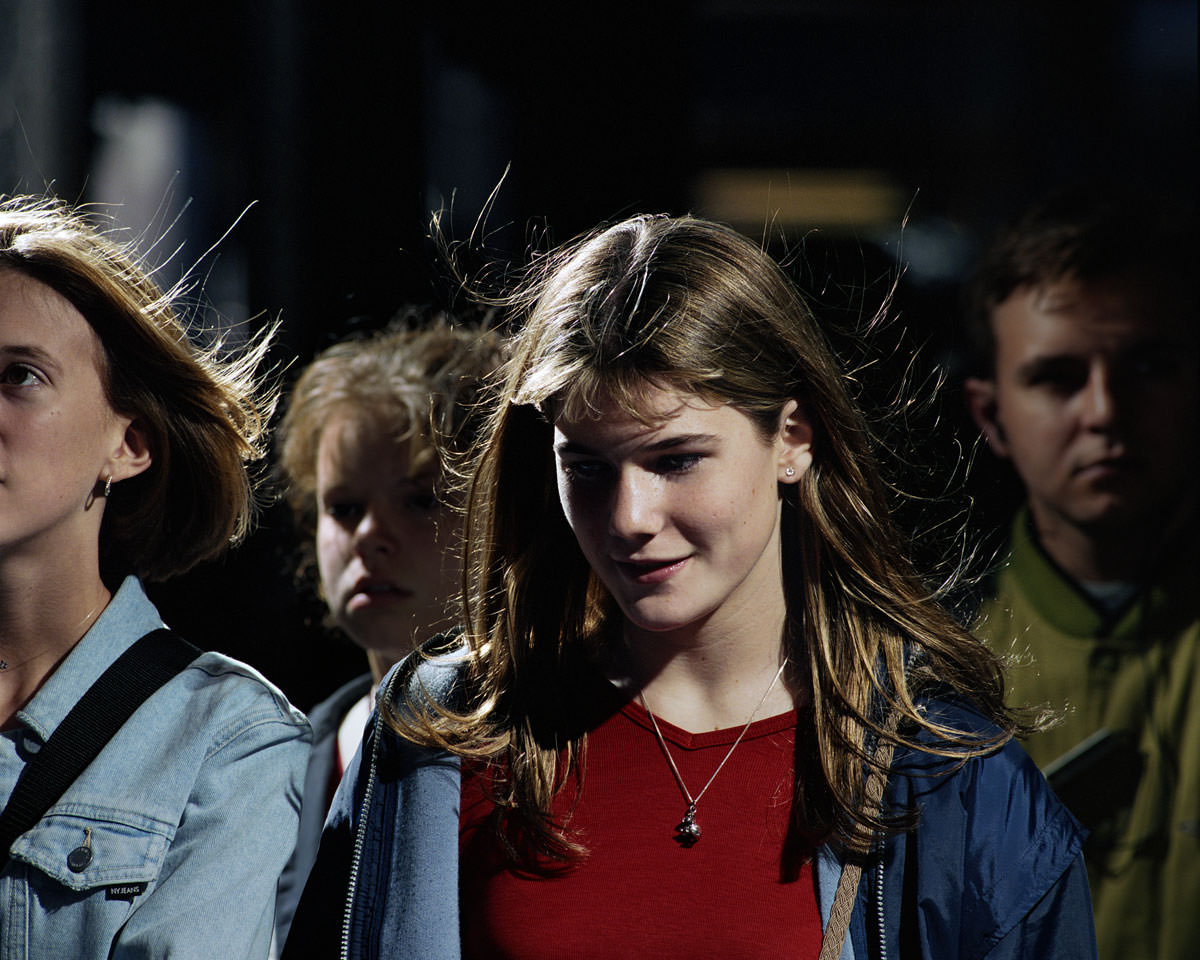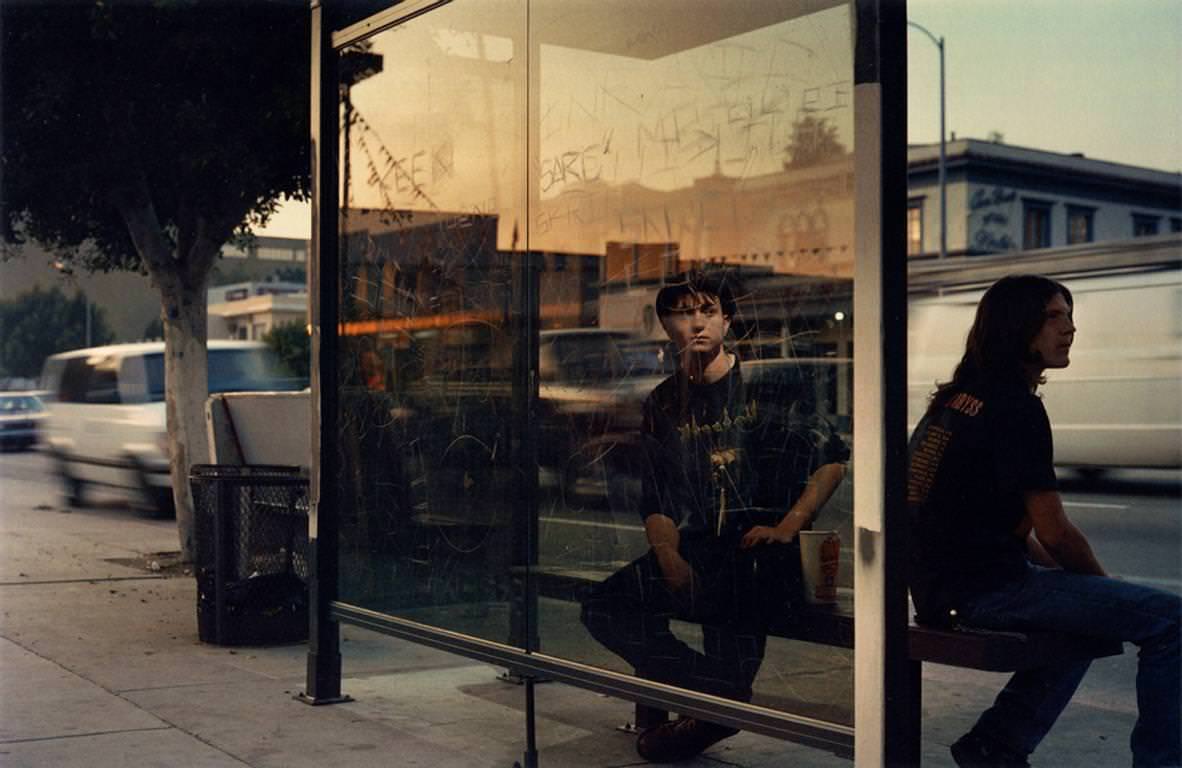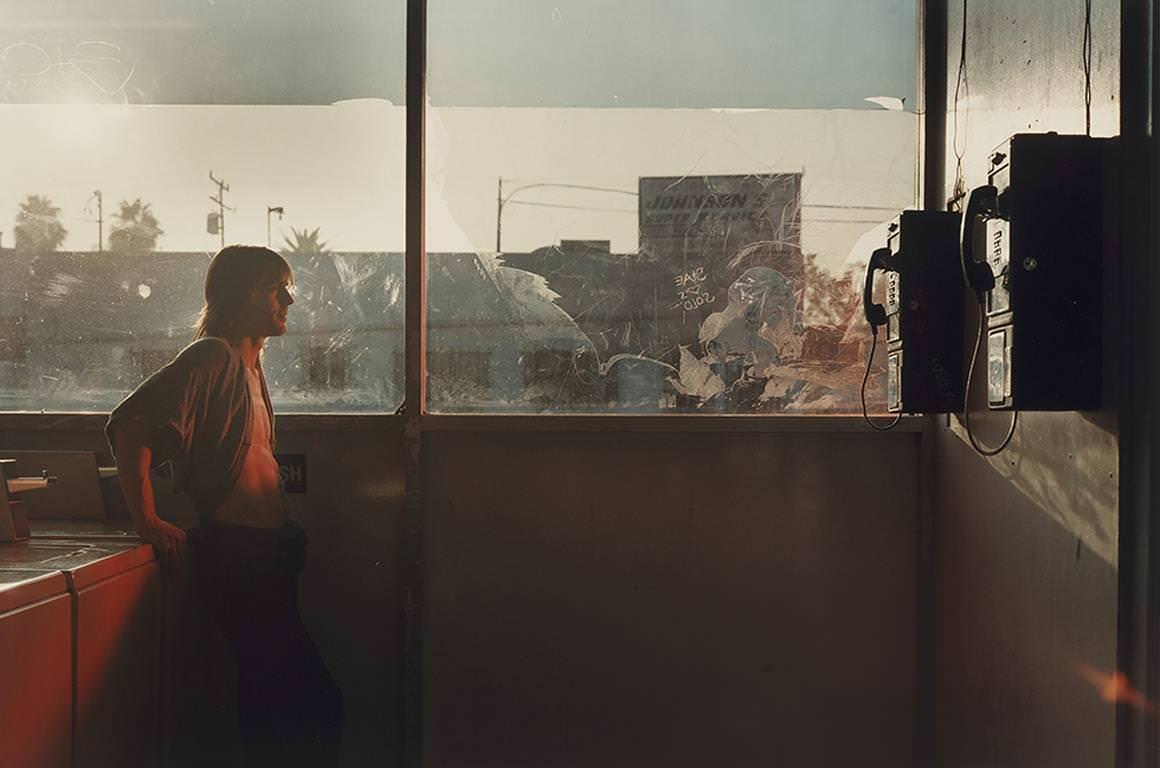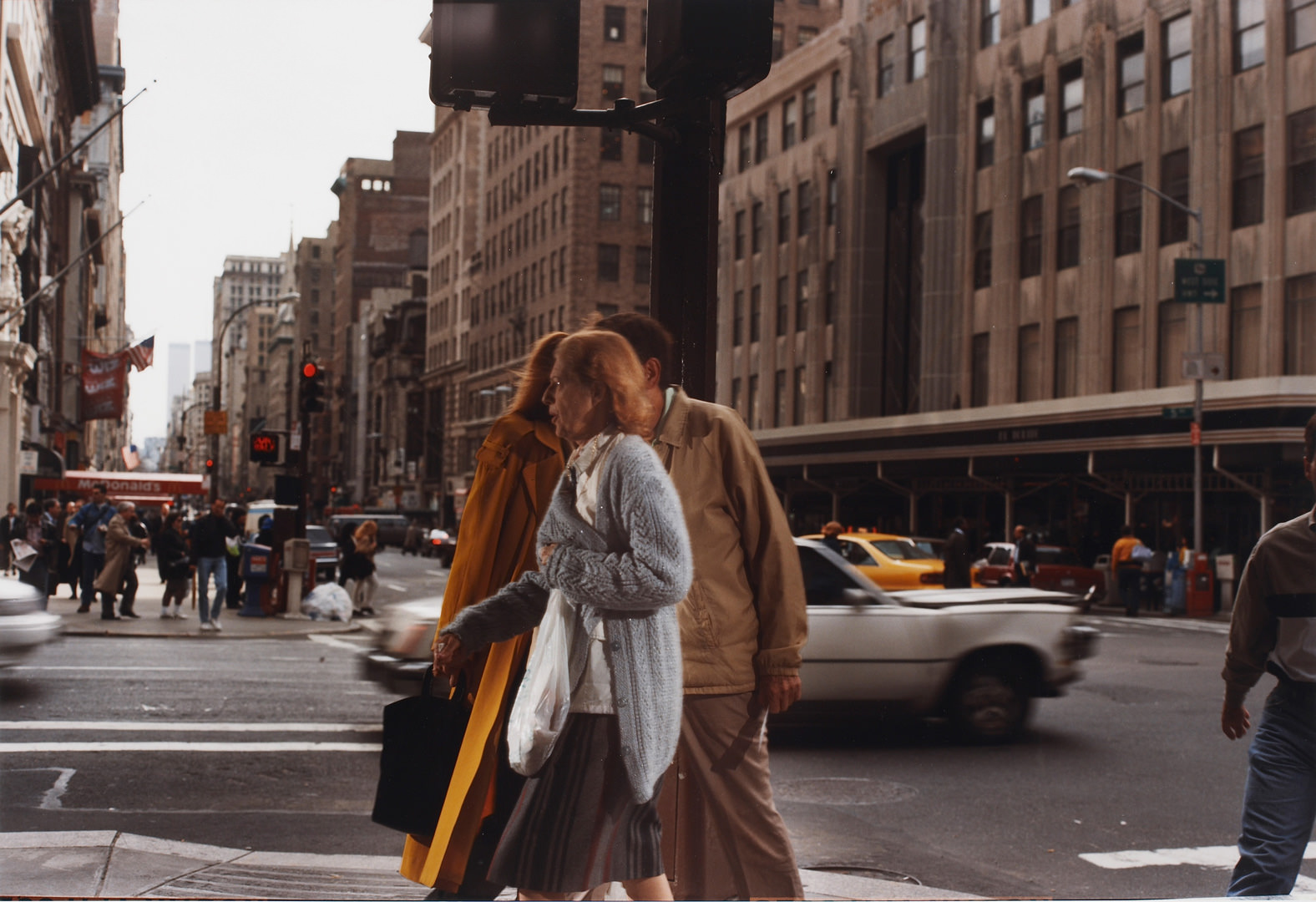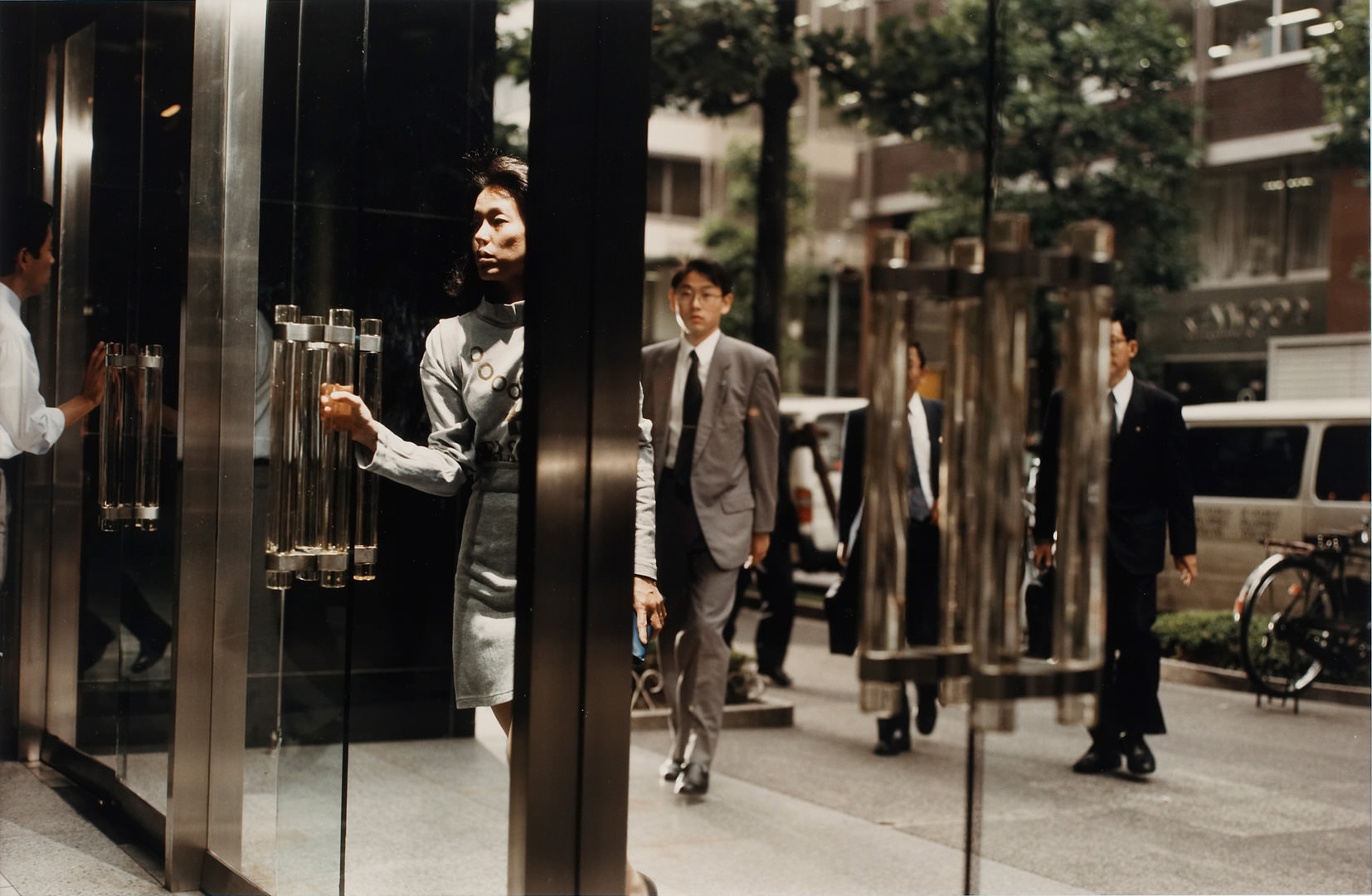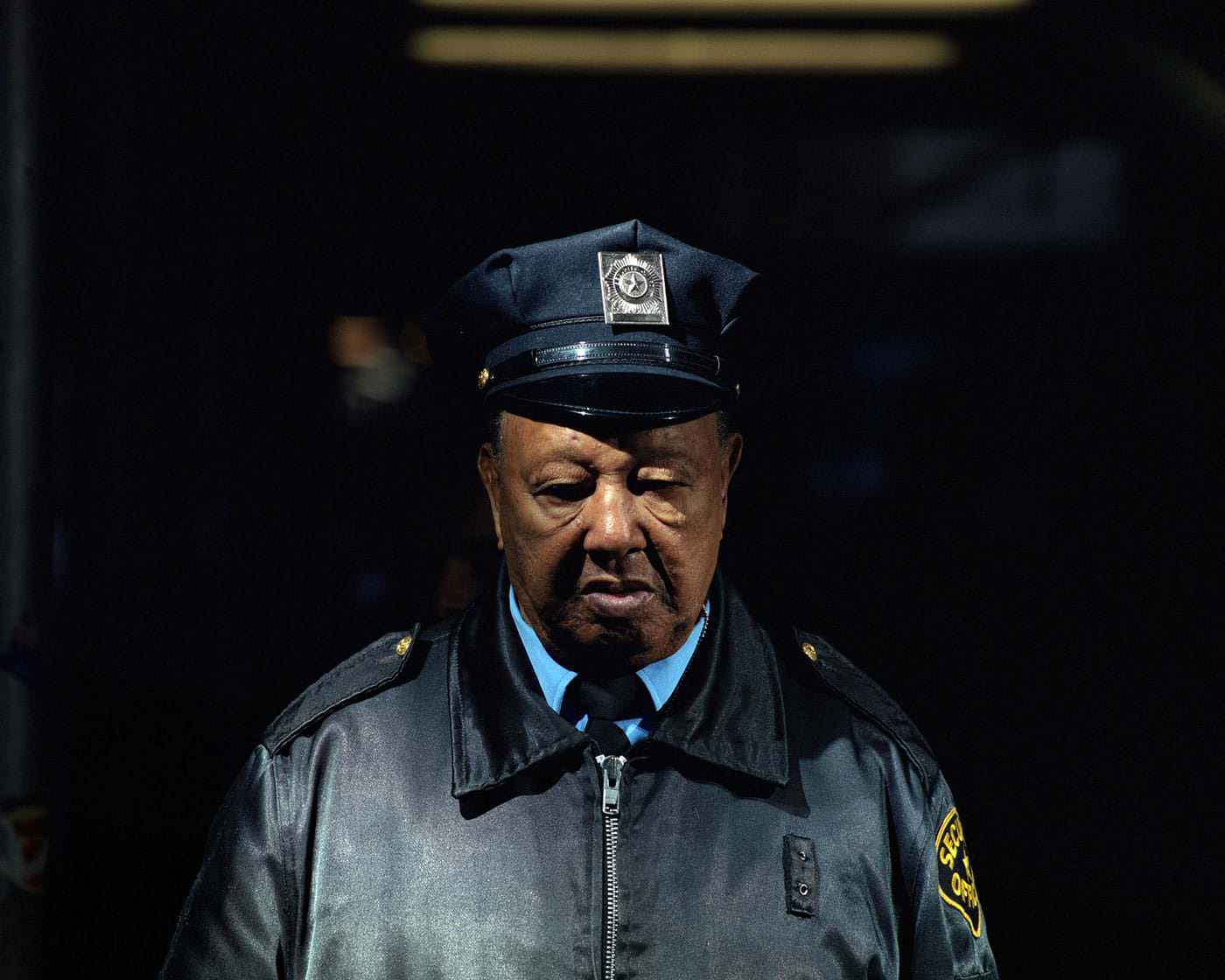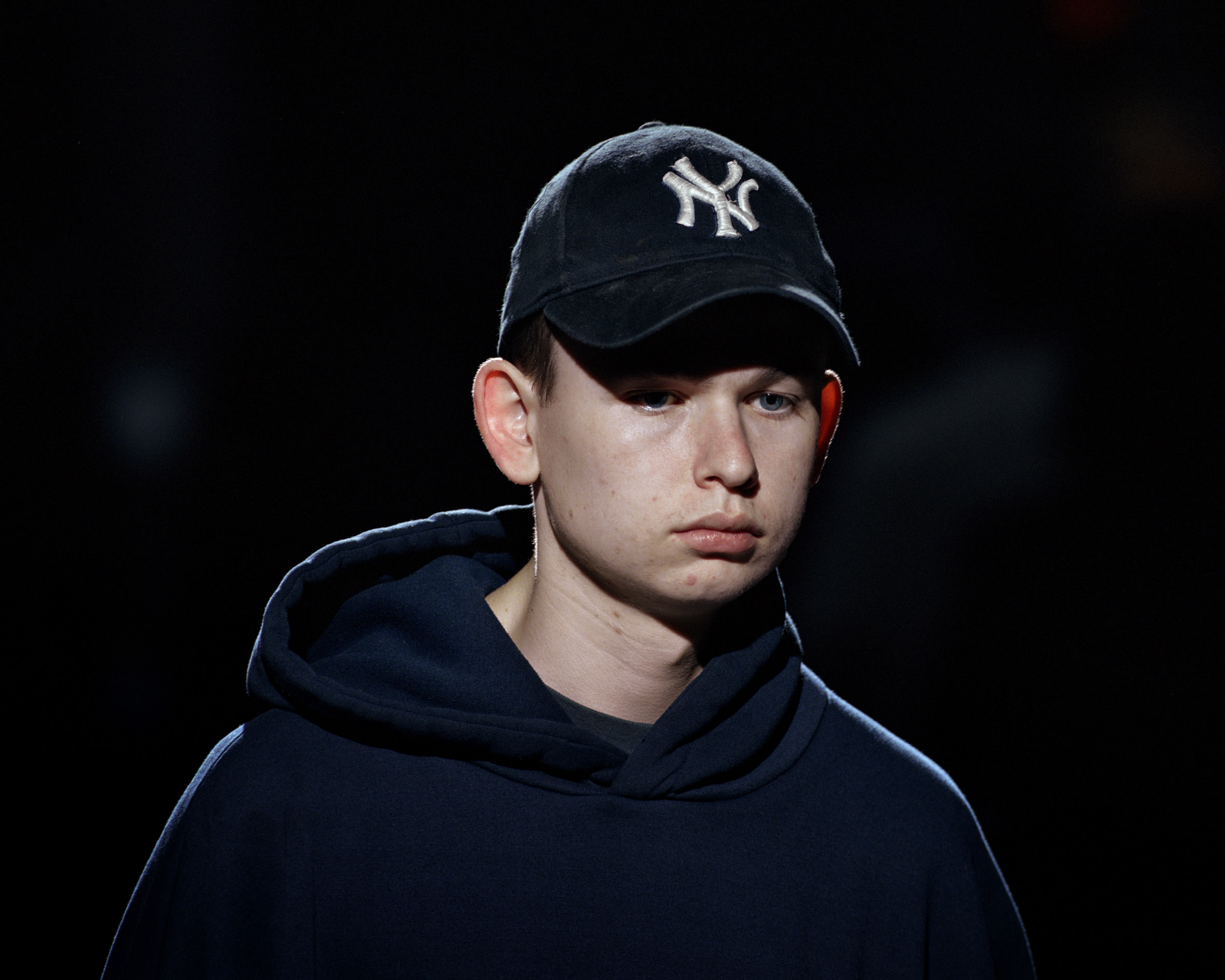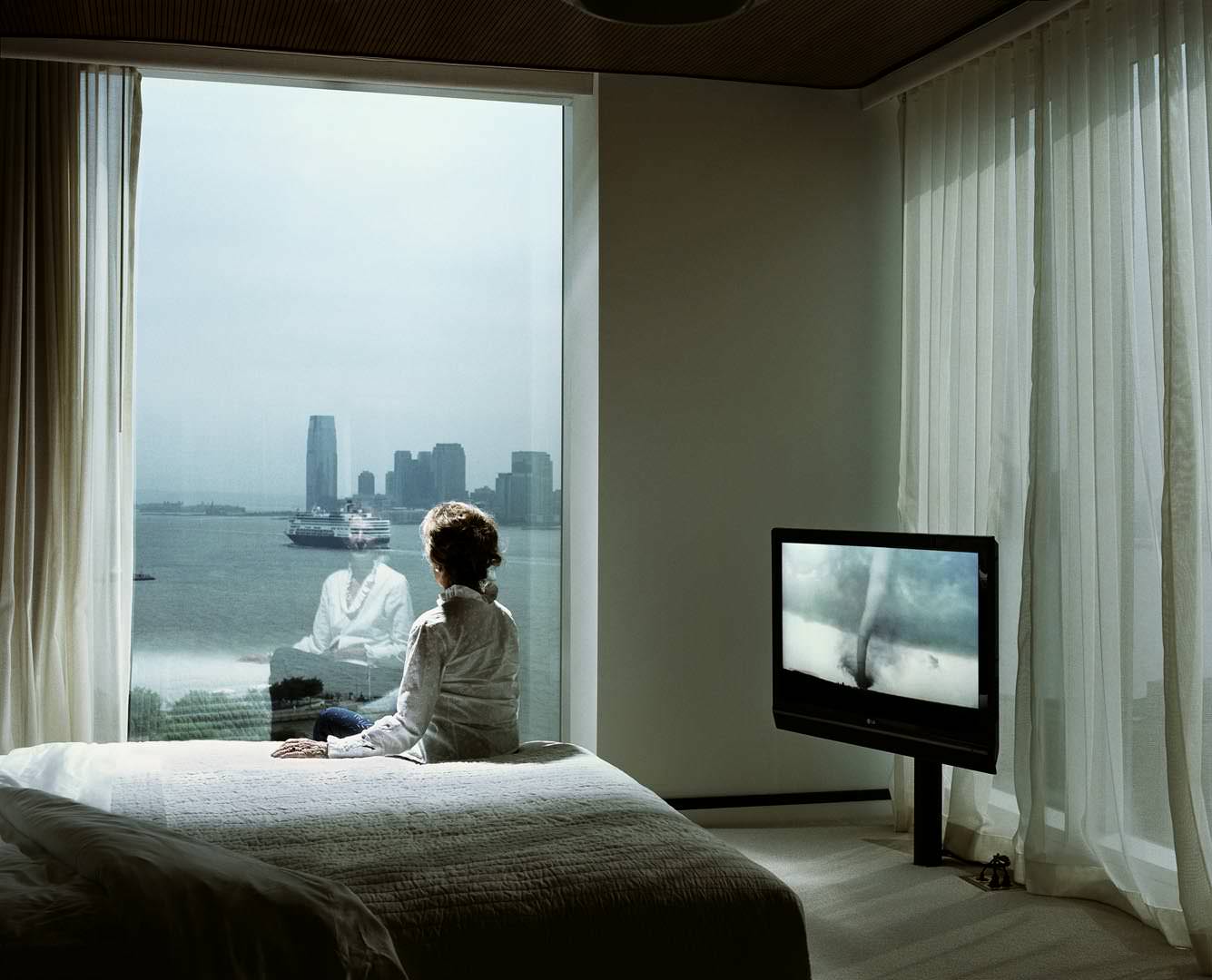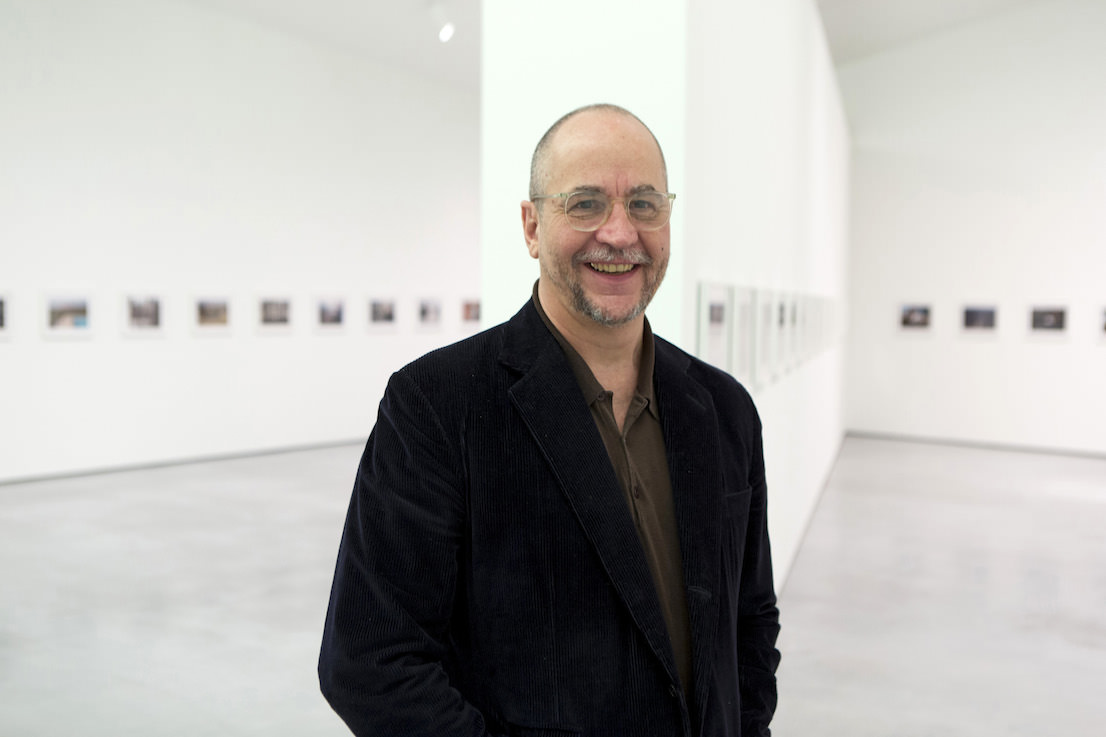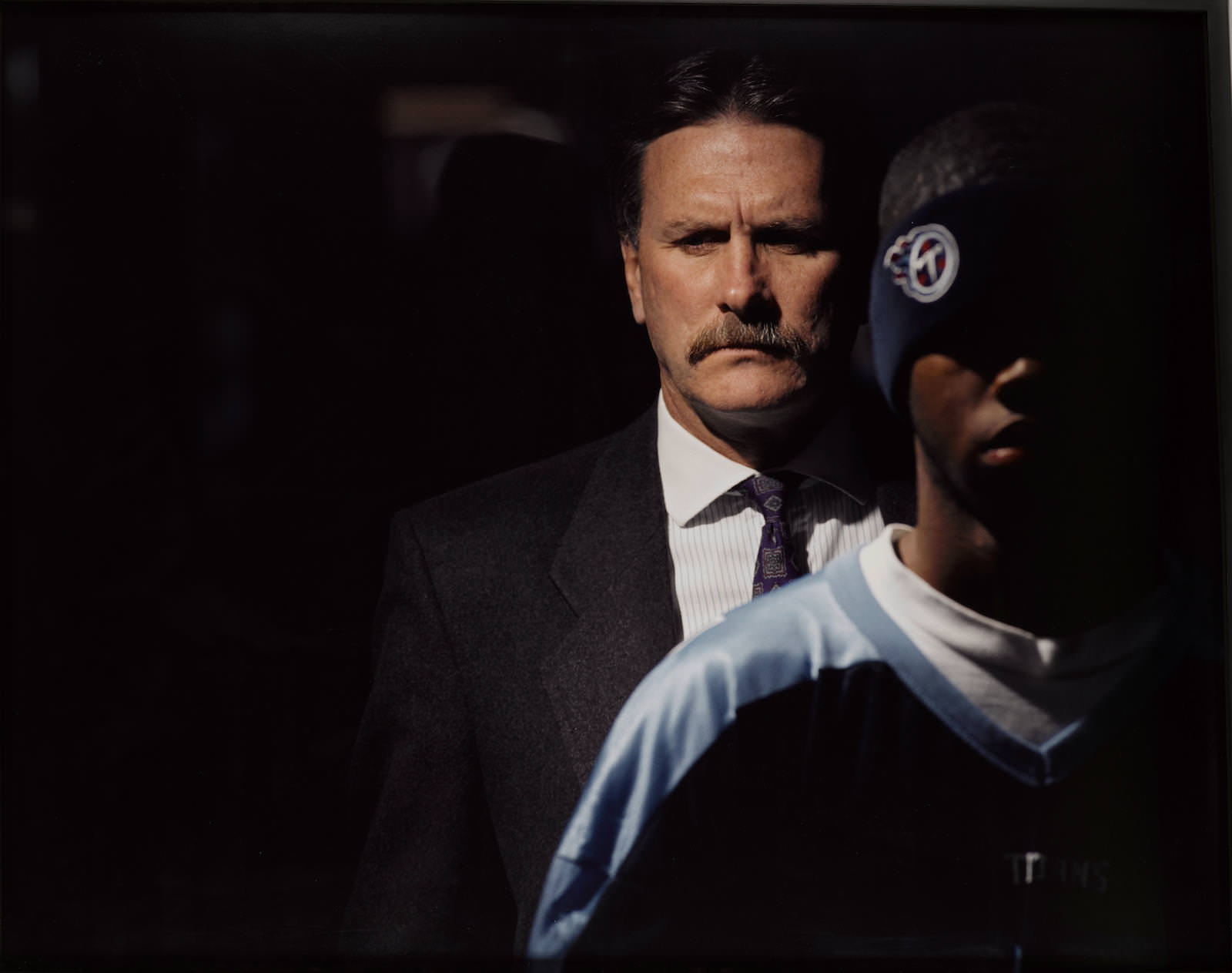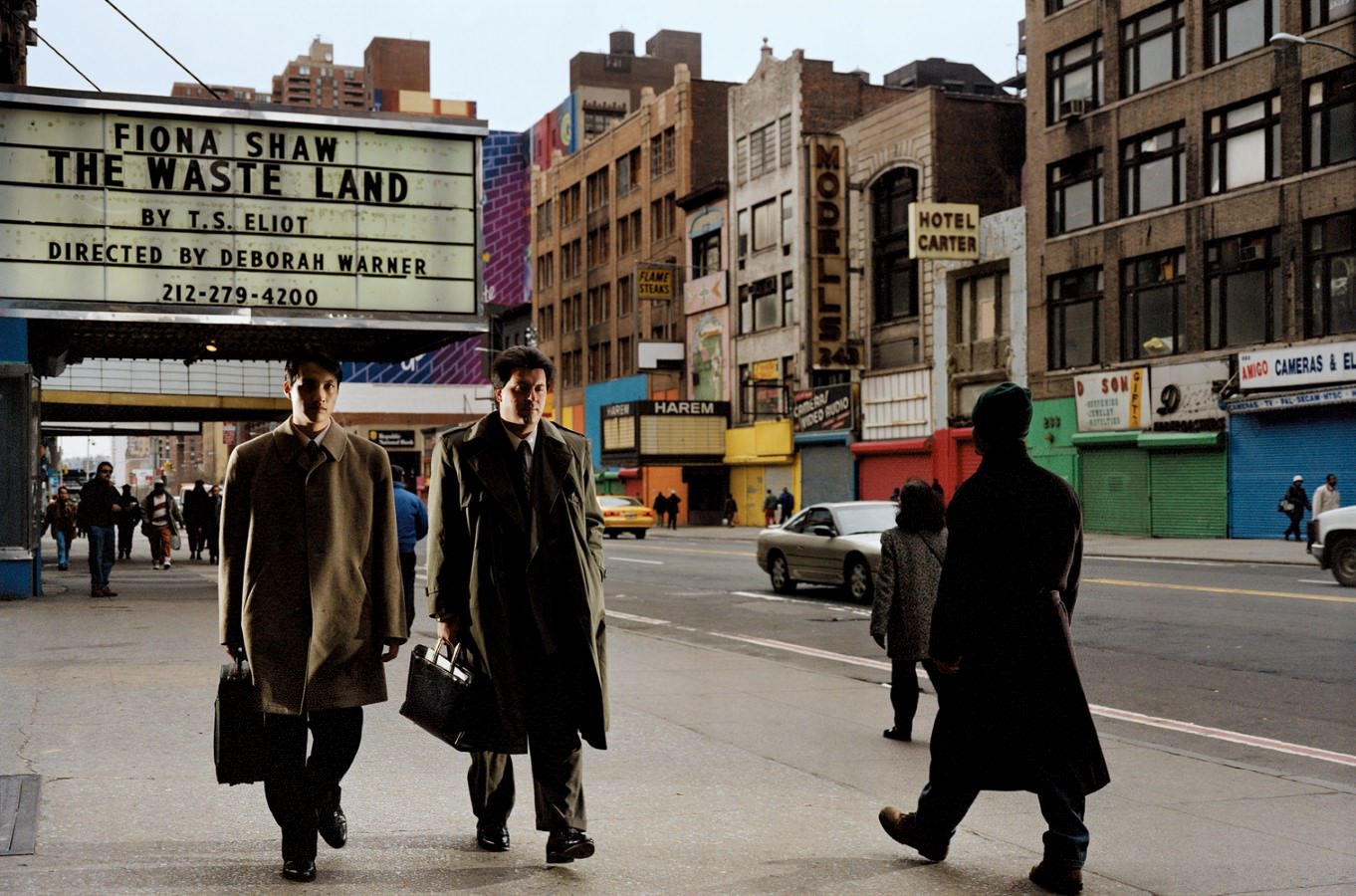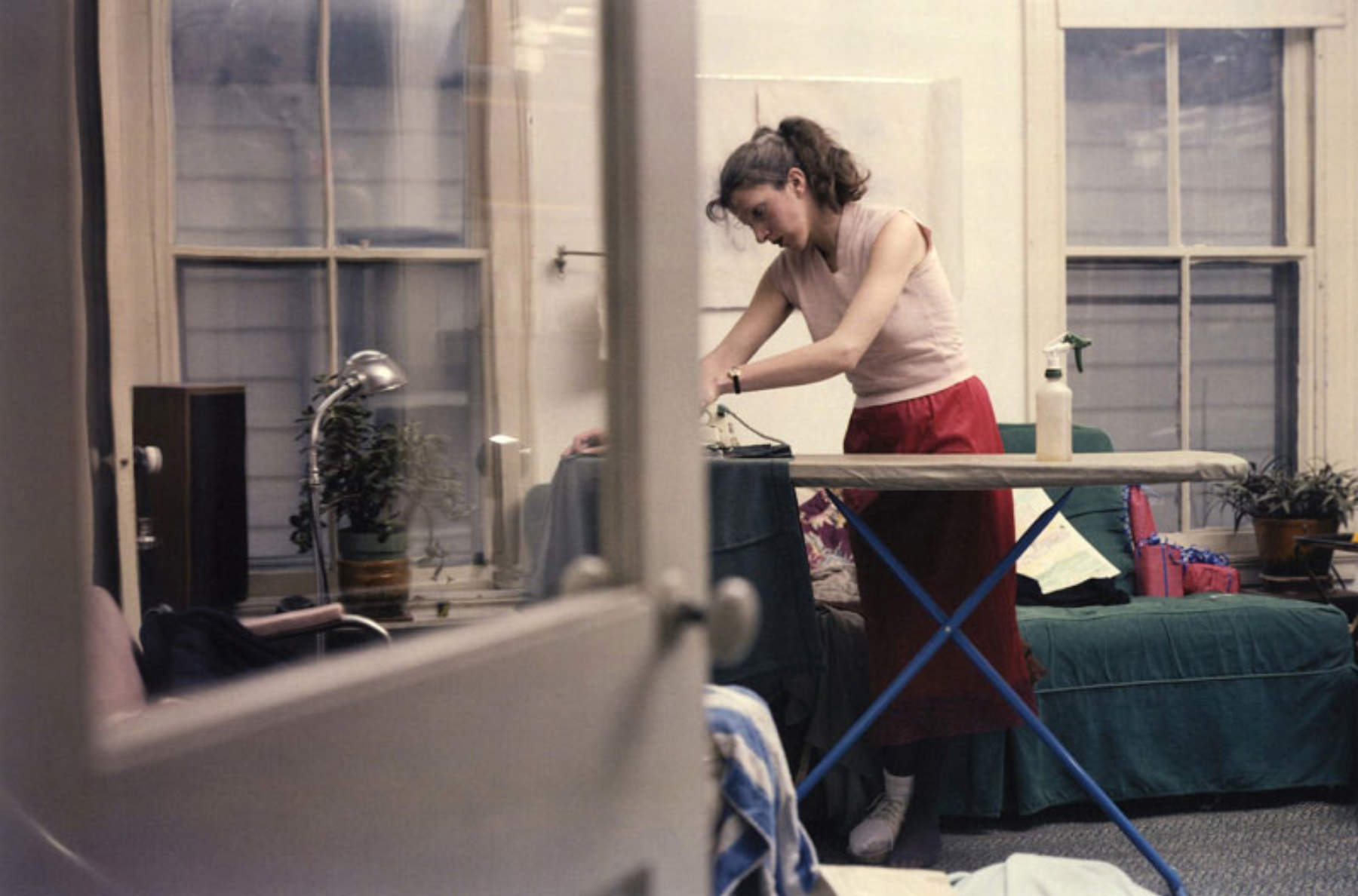Philip-Lorca diCorcia, First Solo Exhibition in China
David Zwirner – a contemporary art gallery with spaces in New York, London and Hong Kong – is pleased to present an exhibition of works by the famous American photographer Philip-Lorca di Corcia (born in 1951), on display at the Hong Kong gallery.
The exhibition marks the artist’s first personal exhibition in Greater China and his sixth with the gallery.
DiCorcia emerged in the 1980s as part of a generation of photographers who tried to explore and challenge the boundaries of the medium. Over the past three decades, he has become known for his planned and meticulously executed photographs involving a variety of individuals, including friends, relatives, anonymous strangers, stake dancers, and street scammers, among others. By distributing his subjects in preconceived but apparently casual positions and contexts, diCorcia’s images are anything but candid snapshots, but rather explore the tension between casual and posing, accidental and fatal. Documentary and theatrical at the same time, his work operates in the interstices between reality and fiction.
According to Arthur Lubow, writing in the New York Times, “When Mr. Corcia, then an unknown photographer, left his portfolio at the Museum of Modern Art in 1983, the curators made an informal bet that the photographs had been staged. Even connoisseurs could not be sure.”
DiCorcia described his creative path from a perspective of instability and resistance. “Art is not a career for me, it never really was,” he said in 2015. “This romantic vision of an artist, the one with which I grew up in which you follow a sort of strange sensitivity or your heart, your mind, or muse … such a thing no longer exists. “
Philip-Lorca di Corcia’s first solo show in Hong Kong embraces the breadth of his influential career. Series photographs will be exhibited including East of Eden (2008 in progress), Heads (2000-2001), Hustlers (1990-1992) and Streetwork (1993–1999), as well as a selection of his Polaroid photographs and early images of the years 80.
Among the works shown, there is a selection of early images from the 1980s. For these works, DiCorcia has photographed friends and family in apparently spontaneous moments that, in reality, have been precisely organized by the artist. While the images offer a unique view into the private world of diCorcia, they represent a highly mediated and controlled representation of these individuals and contexts.
The exhibition also explores how DiCorcia reacted during his career to the practices of leading street photographers such as Henri Cartier-Bresson, Walker Evans, Diane Arbus, and Garry Winogrand, reinventing the genre and challenging the popular idea of Cartier-Bresson on “Momento decisive “, a spontaneous image taken to capture the essence of an instance or an event. At Streetwork, performed between 1993 and 1999, DiCorcia photographed pedestrians who walked and interacted in the streets of various cities around the world, using artificial lighting, placed outside the field of view of the fixed camera, to improve the scene and impregnate individuals and the daily settings of gravitas. For Heads, a related group of works from the early 2000s, Corcia used an elevated hidden strobe light to illuminate unassuming individuals as they passed on a busy street in Times Square in New York, bringing the represented subject to become a given random variable entirely from the coincidence of their presence on the road.
In addition, a selection of Polaroid photographs of Corcia is presented. Sometimes in relation to specific series and other times depicting private scenes and anonymous places, the Polaroids offer information on the sensitivity and visual concerns of the artist and constitute a discrete corpus of work in its own right.
In a conversation with Christoph Rabbit on the occasion of a major European retrospective in 2013, the artist explains how his work draws “from literature, from cinema. From any person who grew up in the United States after the Second World War, consider yourself important … And don’t think of [photography] necessarily in terms of how to express fiction or something. It is about how you can shift people’s perspective and their perception of things “.
Seen together, the works in this exhibition demonstrate the visual and conceptual depth of diCorcia’s approach, emphasizing the continued relevance of his images today. “I am interested in the enthusiasm of clear language and ambiguous feelings,” he reflected in 2013. “When you structure an image so carefully and deliberately that the meaning and narrative content are ambiguous, it creates something that is actually very true to life.”
About the Author
Born in 1951 in Hartford, Connecticut, Philip-Lorca diCorcia attended the School of the Museum of Fine Arts, Boston, and received his MFA from Yale University, New Haven, Connecticut, in 1979.
The artist’s first museum solo exhibition was organized by The Museum of Modern Art, New York, in 1993. His work has been represented by David Zwirner since 2007.
Venues that have hosted significant solo exhibitions include Museo Nacional Centro de Arte Reina Sofía, Madrid (1997); Sprengel Museum, Hannover (2000); Whitechapel Art Gallery, London (2003); Foam Fotografiemuseum, Amsterdam (2006); Institute of Contemporary Art, Boston (2007); and Los Angeles County Museum of Art (2008).
In 2013, a major career-spanning survey of diCorcia’s work, consisting of over one hundred photographs from six series, was organized by the Schirn Kunsthalle Frankfurt. The exhibition traveled later that year to the Museum De Pont, Tilburg, The Netherlands, followed by The Hepworth Wakefield, England, in 2014, and marked the most comprehensive presentation of his work in Europe to date.
Works by diCorcia are held in public collections internationally, including the Centre Georges Pompidou, Paris; Los Angeles County Museum of Art; The Metropolitan Museum of Art, New York; Museo Nacional Centro de Arte Reina Sofía, Madrid; The Museum of Contemporary Art, Los Angeles; Museum De Pont, Tilburg, The Netherlands; The Museum of Modern Art, New York; National Gallery of Art, Washington, DC; San Francisco Museum of Modern Art; Solomon R. Guggenheim Museum, New York; Tate Gallery, London; Victoria and Albert Museum, London; and the Whitney Museum of American Art, New York. He lives and works in New York, and serves as senior critic at Yale
Location
5-6/F, H Queen’s, 80 Queen’s Road Central Hong Kong
Dates
September 10 — October 12, 2019
More info on:
https://www.davidzwirner.com/

